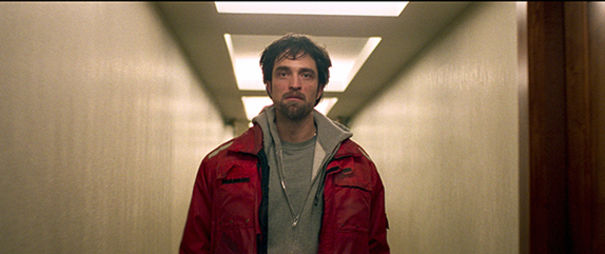A comedy of mistakes, New Hollywood style
By Felipe André Silva

Still from GOOD TIME
The American brothers Ben and Josh Safdie’s fourth feature film, GOOD TIME, represents an affirmation of their cinema style within a visual, social and emotional reference of New Hollywood, a movement that brought tension and crudity to the North American production in the 70s. If the duo’s first two films were characterized by Cassavetes' heritage, GOOD TIME is the second film within another New Hollywood tradition, characterized not only by compassion but also by violence.
In this new film, the Safdie brothers drink from the same source as names like Scorsese, Coppola and Schatzberg, and are able to work with some refinement and attention to the characters, element that has made them stand out since their first works.
The protagonist is Connie (Robert Pattinson), a not-so-clever thug who will do everything possible to get his mentally challenged brother out of jail after a failed bank robbery attempt. GOOD TIME uses in its own favor the bewildered character of Connie's actions and the misfortune that surrounds him, always refusing to fit in the cliché role of the dangerous and stupid man. He simply wants to fight for his family, and the ways to do so can be quite devious.
All the emotions are very intense, but without seeming fake - and the Safdie films follow the tone of its characters' madness. The soundtrack is deafening. The 35mm photograph uses the grain and the image’s urgency to enhance the sense of danger, in a way that makes the film look more rough than it really is. However, thanks to the cautious directing, this frenzy doesn’t compromise the perception of what happens in the frame.
At ease in this mix of family drama and heist movie, the Safdie brothers' film may not be their best work - a title reserved to GO GET SOME ROSEMARY - but it continues to highlight their readiness to be close to their characters. If there is an eye interested in these marginalized and corrupted lives, one must be there, experiencing the agony alongside them.

